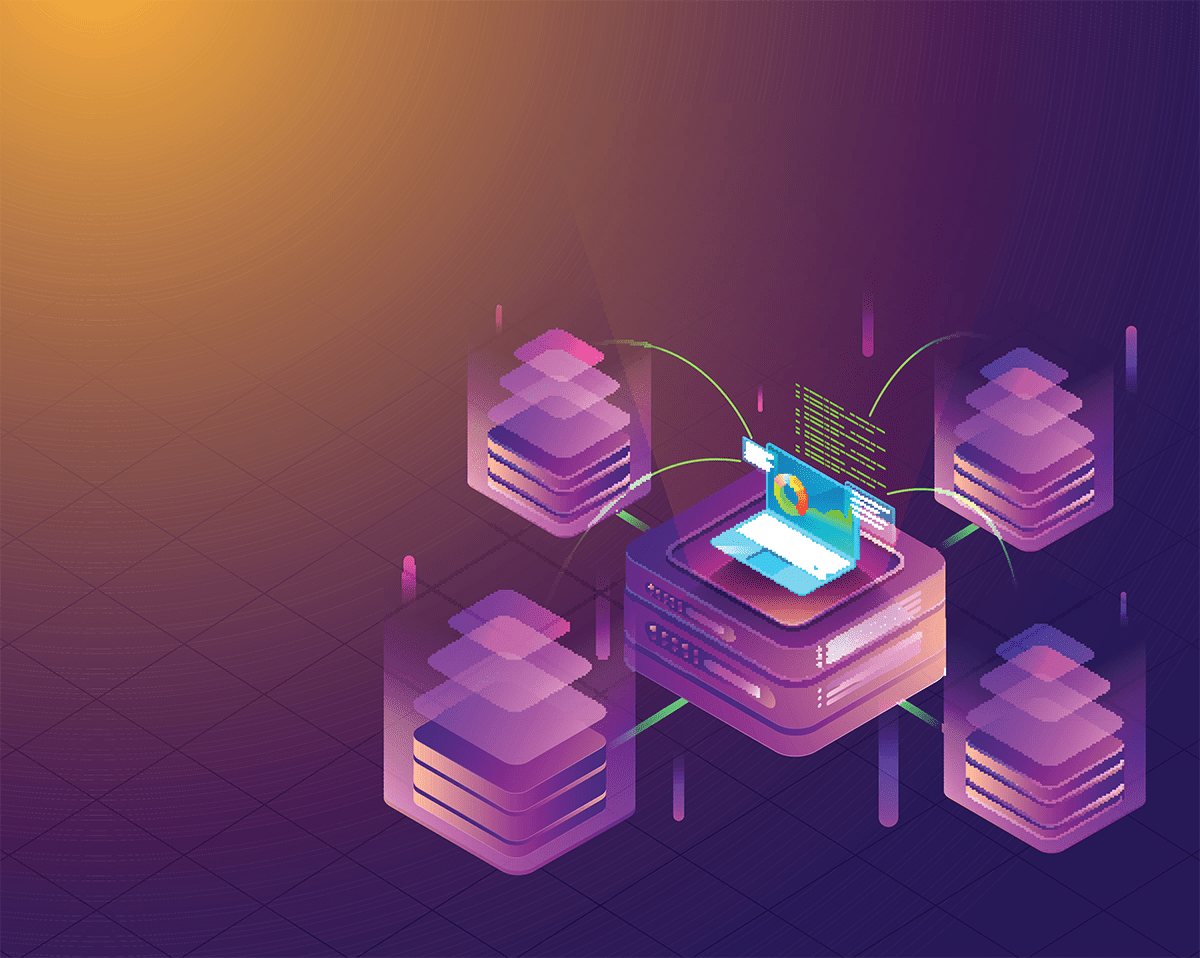
In a series of blog posts in April, we detailed the many tools used in security and endpoint management, why consolidation is needed, and why it makes sense to leverage products that combine endpoint and vulnerability management capabilities. In this post, we explore how security and IT management best practices should be actively managed and why it continues to be so difficult for teams to keep up with necessary updates or to deploy urgent patches.
Enterprise Strategy Group (ESG) surveyed hundreds of businesses to find out how they operate in the endpoint management and security arena. The findings made it clear why so many struggle to manage endpoints, maintain security, and stay on top of changes. The primary reasons are:
- Incomplete visibility into endpoints
- Inconsistent mobile device management
- Reliance on outdated or manual administrative practices
- Lack of unified tools
You Can’t Manage or Protect What You Can’t See: Inventory Unawareness
Almost 10% of businesses admit to not being aware of all organization-owned devices that access their systems. When non-organizational devices are included, the number rises to almost 20%. This is one of the big reasons why 27% of organizations are unable to maintain a current inventory of endpoint devices. Lack of a solid inventory is a security disaster waiting to happen. Without it, urgent patches don’t make it to all the endpoints that need them, and the organization simply isn’t able to guard all the possible avenues into the enterprise.
Every Mobile Device is Unique: Inconsistent Mobile Management
In an increasingly hybrid world, managing mobile devices has become a critical component of IT and security activities. While 90% of companies plan to increase the number of mobile and Internet of Things (IoT) devices running on their networks, 7% confessed that they lack the common policies, processes, and tools that can provide mobile device support alongside traditional management and security for clients and servers. Treating every mobile device as uniquely different than a traditional desktop or laptop can lead to an incomplete device inventory and thus, a broader, unmanaged attack surface. In the ESG research study, a lack of comprehensive mobile device management was another reason IT and security teams struggled to stay up to date.
Spreadsheets Everywhere: Manual Administrative Practices
Shockingly, ESG discovered that many organizations continue to rely on manual processes for IT and security administration. Specifically, 84% of organizations surveyed said that spreadsheets remain a key aspect of endpoint security management. As IT and security staff work diligently to safeguard their systems, they can also be stymied by the need for manual data entry and management onto spreadsheets, as well as compiling data from multiple systems to gain some idea of where they stand.
Endpoint management and security that relies on spreadsheets is a major reason why it is hard to keep up to date with necessary updates and patches. This reliance on spreadsheets also highlights a sharp disconnect between perception and reality: 91% of ESG survey respondents believe they are aware of all organization-owned devices and 93% say they follow best practices, yet 38% find it difficult to keep up with their endpoint management and security responsibilities due to frequent changes.
Consolidation Can Be Your Ticket to Improved Endpoint Management and Security
A further complication came to light during ESG’s assessment of the endpoint management sector: 65% of organizations use one set of tools and processes for endpoint management and a different set of tools for endpoint security, thus making it difficult to coordinate workflows. This is a big reason 51% find it difficult to prioritize the right endpoint actions that will have the biggest impact on risk reduction.
That’s why ESG noted the need for convergence as part of its recommendations for organizations looking to improve their security posture with better IT management practices. Enterprises that leverage one product with multiple capabilities, from endpoint to patch to vulnerability management, can significantly reduce time-to-patch and time-to-remediate.
Syxsense can help organizations looking to consolidate capabilities and vendors in the endpoint and vulnerability management space.
- Syxsense Offers End-to-End Device Inventory Awareness: Syxsense finds every device running anywhere in your network, whether remote or on premise. Regardless of the operating system, device type, system, or application, Syxsense provides a complete enterprise endpoint inventory rapidly.
- Syxsense Offers Comprehensive Mobile Device Management (MDM): Syxsense Enterprise includes integrated MDM functionality to implement common policies, processes, and tools across mobile devices as well as PCs, Macs, and other endpoints.
- Syxsense Provides Automated Endpoint Administration: With Syxsense, your teams can use one console to monitor, manage, and secure endpoints. Syxsense Cortex™ is the no-code automation engine that streamlines and simplifies endpoint management processes, eliminating scripting and ensuring that patches and remediation actions are implemented consistently across all endpoints.
- Syxsense Offers Unified Endpoint Management and Security: Lack of unified tools is a big issue in many organizations. By implementing Syxsense, IT gains the ability to implement patches, scan for vulnerabilities, implement remediation actions across all endpoints. No more jumping from screen to screen to manage different tools. Everything is included in one unified package.
If you want to find out how Syxsense helps IT and security teams reduce the risk and complexity in their environments, schedule a demo with us today.




